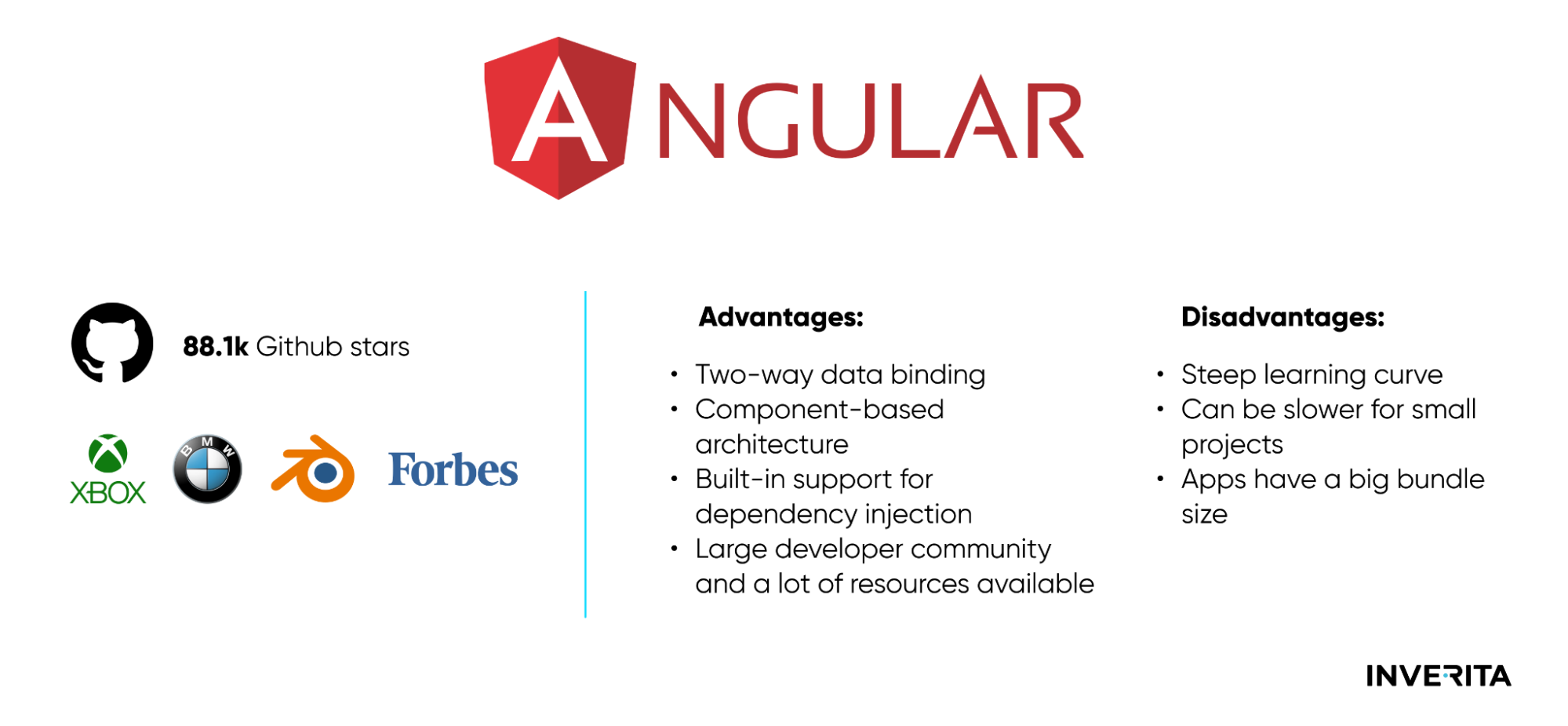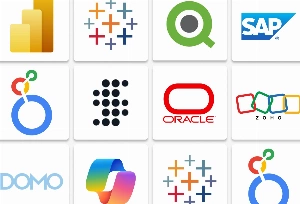Laravel is one of the most popular backend frameworks available today. As an open-source web framework built on PHP, it offers advanced features such as routing, middleware, a powerful templating engine, and an ORM system, all of which streamline the web development process. Its elegant syntax and user-friendly tools make it particularly appealing to PHP developers looking to create fully functional websites with tailored logic.
Top Databases for Web Development
SQL Databases
SQL databases are ideal for applications that require structured data, complex queries, and transactions, such as financial systems, CRM systems, and e-commerce platforms.
PostgreSQL
PostgreSQL is a powerful, open-source platform known for its advanced features and strong compliance with SQL standards. It supports complex queries, custom data types, and is highly extensible, making it suitable for applications that require robust data integrity and reliability.
MySQL
MySQL is one of the most popular relational databases, known for its speed and ease of use. It is widely used for web applications and supports a variety of storage engines, allowing for flexibility and scalability. MySQL's strong community support and extensive documentation make it a great choice for developers.
NoSQL Databases
NoSQL databases are best suited for applications dealing with large volumes of unstructured data, real-time analytics, and rapidly changing requirements, such as social media platforms, IoT applications, and content management systems.
MongoDB
MongoDB is a leading NoSQL database that stores data in flexible, JSON-like documents, allowing for easy scalability and faster data retrieval. Its schema-less nature is ideal for applications that require rapid development and can accommodate changing data structures.
Cassandra
Cassandra is designed for high availability and scalability, making it perfect for handling large amounts of data across multiple servers. Its decentralized architecture ensures no single point of failure, making it is a great choice for applications that demand fault tolerance and continuous uptime.
Firebase
Firebase is a cloud-based platform that provides a real-time NoSQL database and backend services for web and mobile applications. It allows developers to build applications quickly without managing servers, with features like authentication, analytics, and cloud services readily available.
There are also predefined stacks for web development such as MEAN, MERN, MEVN, LEMP, and PERN. These are the combinations of popular technologies that work well together to build modern web applications.





















_1764586939-small.webp)
